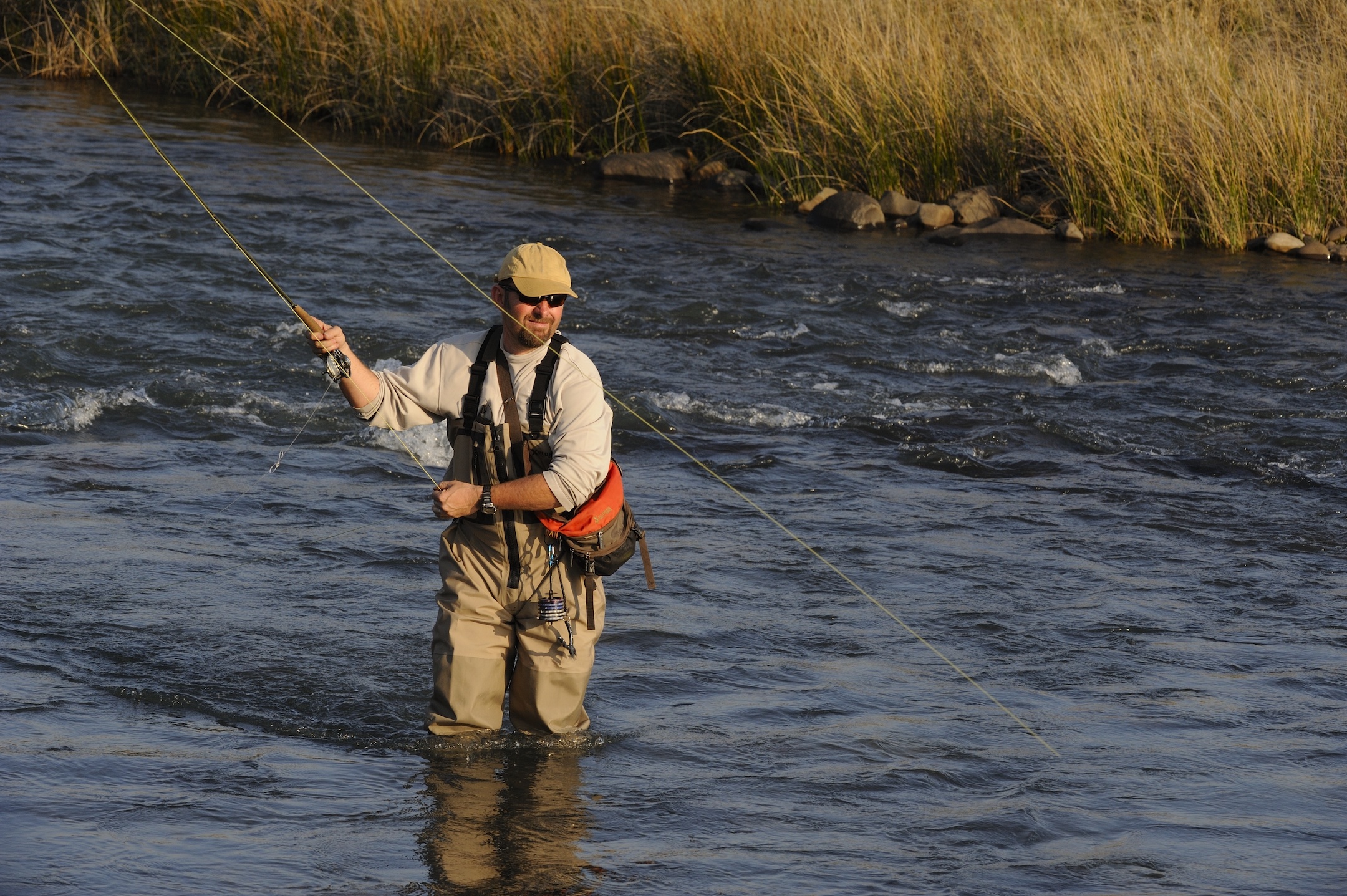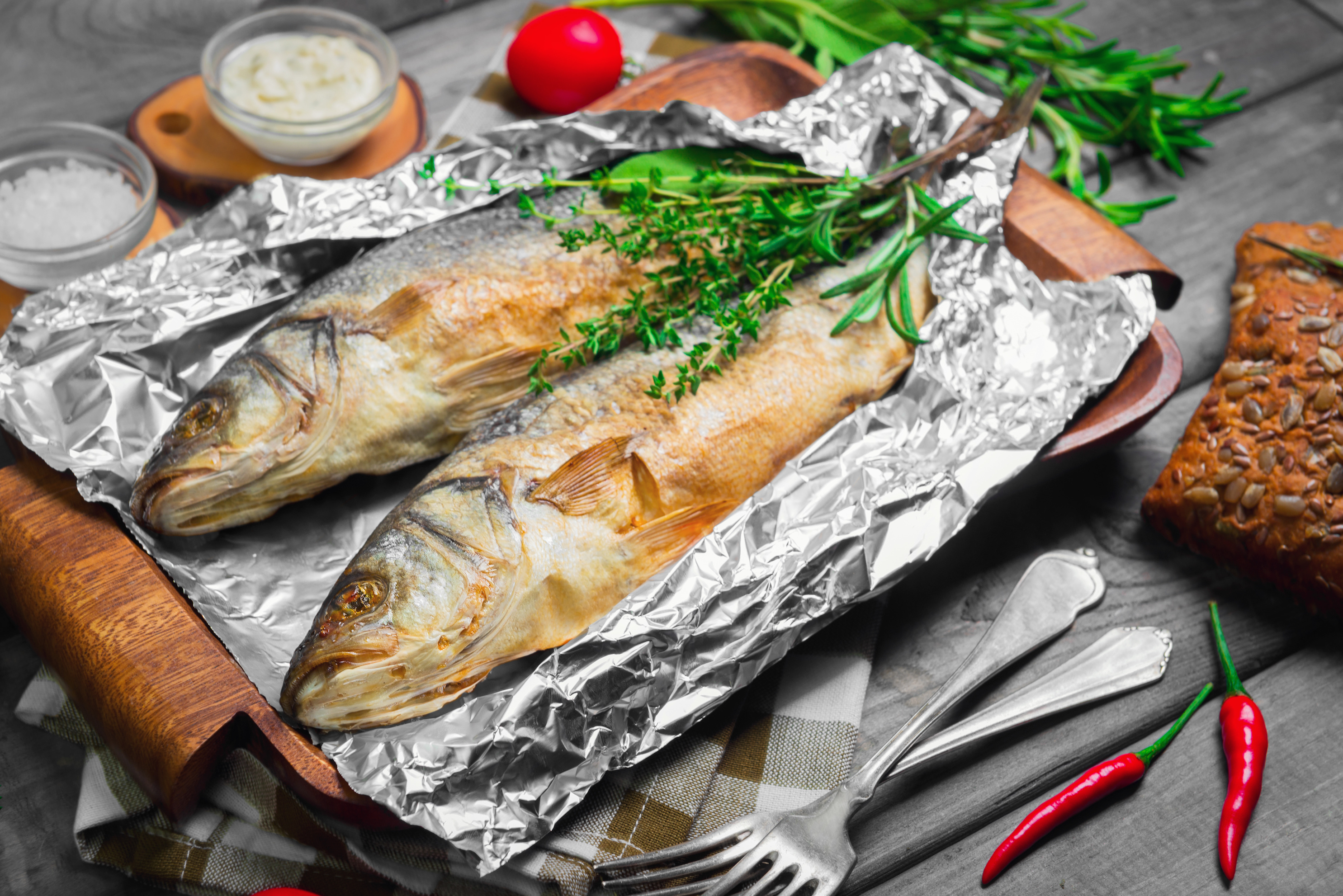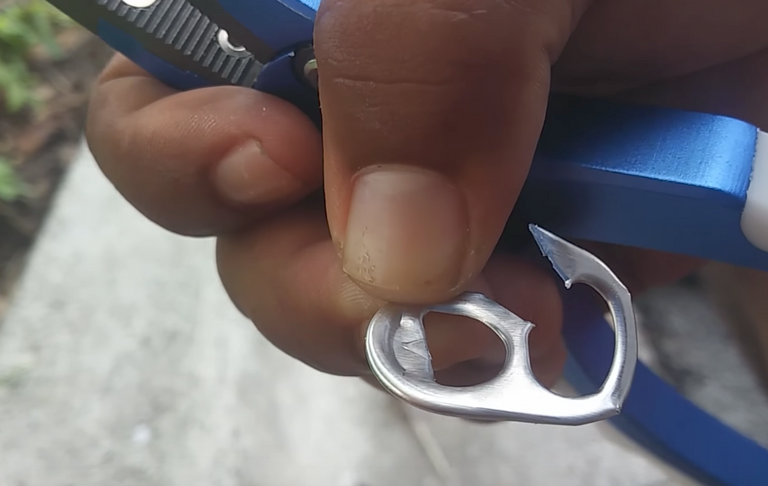Trout: A Perfect Catch

It’s no secret that fall and winter are our favorite times of the year as hunters. The summer? Well, not as much. Other than prepping for the fall and practicing our shooting skills, the summer months can be kind of a drag. That said, we all love the outdoors, and one great way to enjoy the summer months is to hit up your local fishing hole! Of course, you can go after bass, bluegill, perch, and more, but have you ever considered trout? Trout are typically found in colder waters around the country and can make those summer months just a tad more bearable.
Every species is different, yet when it comes to trout, there has always seemed to be a split camp on whether to release them or roast them. Aside from walleye, perch, and crappie, trout are among the best aquatic table fare in North America. Their white flesh is like a blank slate to be written upon with spices and trimmings to craft a story of flavor that even the pickiest eater will enjoy.
Some afternoons, trout are frustratingly elusive. On other afternoons, they might bite any piece of shiny material.
Catching trout in the summer can be difficult and easy at the same time. Some afternoons, trout are frustratingly elusive. On other afternoons, they might bite any piece of shiny material buzzing through the water; even a kitchen spoon or a treble hook can attract their attention. If catching to eat is your top priority, focusing on native trout populations might not be the best way to put the fish on the grill. Since North America has a remarkable conservation history with trout, finding stocked populations wherever you go is as simple as basic online research. Stocked trout populations tend to be slightly larger and in waterways that they might not have traditionally inhabited. So, this creates opportunities for fishermen.
Regardless of where trout populations originate, these fish have sharp instincts that bass and other panfish species do not. For example, fly-fishing is not the easiest method for targeting trout, since the attention to presentation and fly selection takes time and dedication. While fly-fishing is definitely a worthwhile endeavor to learn and invest dollars into, targeting trout with small spinners or bait (where legal) is likely the most efficient option for simply catching and cooking them. This is especially true for outings with children or new fishermen.
How you prepare your catch for consumption comes down to how you also gut your fish. You can opt for a classic fillet that involves running your knife down the backbone of the fish and cutting the meat away from the ribs. This provides a simple slab of meat with which to season and cook. Another method involves cutting down the belly of the fish to the tail—exposing the entrails—then severing the head from the backbone and pulling the guts out with one pull. The cavity of the fish remains intact, providing a unique way to prepare your meal.

Two grilled whole fish trout on an aluminum foil on a gray wooden background. Additional ingredients for grilled fish greens rosemary, thyme, sage.
To expand on this method, wrap the fish in foil to capture the heat and prevent the fish from drying out too quickly. The foil will collect the melted butter and the oils from the skin, maintaining moisture. Do this by lining the foil with cooking oil and packing the cavity with butter, minced onions, lemon pepper seasoning, and slices of lemons or Cajun seasoning. You can mix and match the seasoning depending on what strikes your taste buds that day. Tightly wrap the fish in foil and place over an even heat like a camp grill or a hot bed of coals from the morning fire. The key here is making sure to rotate sides about every 7–8 minutes.
It can become a family favorite and an excellent way to teach kids how to prepare something they helped catch that day
Trout are not a bulky fish; be careful not to burn the flesh, and keep a watchful eye to remove it from the heat when the skin and meat begin to flake.To make life simple, an easy way to prepare a fish that has been gutted, rather than filleted, is to place the meat over heat covered in butter, pepper, and salt. Cooking over an open flame is not a fancy method, but it is effective and efficient. Creating a spit out of a stick is a fun, traditional method, but it can lead to uneven heat distribution if you are not paying attention. Instead, use a cooking grate over an open fire as an easy way to get even heat distribution. To prepare, coat the fish first with two ounces of butter or cooking oil. Mix salt and pepper in a cup and cover the outside of the fish evenly. Cook around 7.5 minutes on each side and, in about 15 minutes, you can have a simple meal to be enjoyed by anyone.
Baking your catch is another great option. Using larger fillets, preheat an oven to 350°F and prepare the fish with a melted butter mix of garlic and blackened seasoning. Lay large slices of lemon across the top of the fish and place the fish into your cooking dish. For increased flavor, take advantage of a cast iron skillet, if available. Bake for 20 minutes, being careful not to overcook the fish until the fillets are flaky.
Cooked trout is a low-carb dinner packed with protein and omega-3 fatty acids. Consumption of trout is considered good for the heart and soul. Additional methods of preparation, which can include baking and smoking, ought to be considered upon preparation. It might take longer to catch the fish than to prepare it; but if done correctly, it can become a family favorite and an excellent way to teach kids how to prepare something they helped catch that day. Catching and cooking trout is a perfect introduction to the outdoors for anyone at any age or skill level.
- J. Reid

